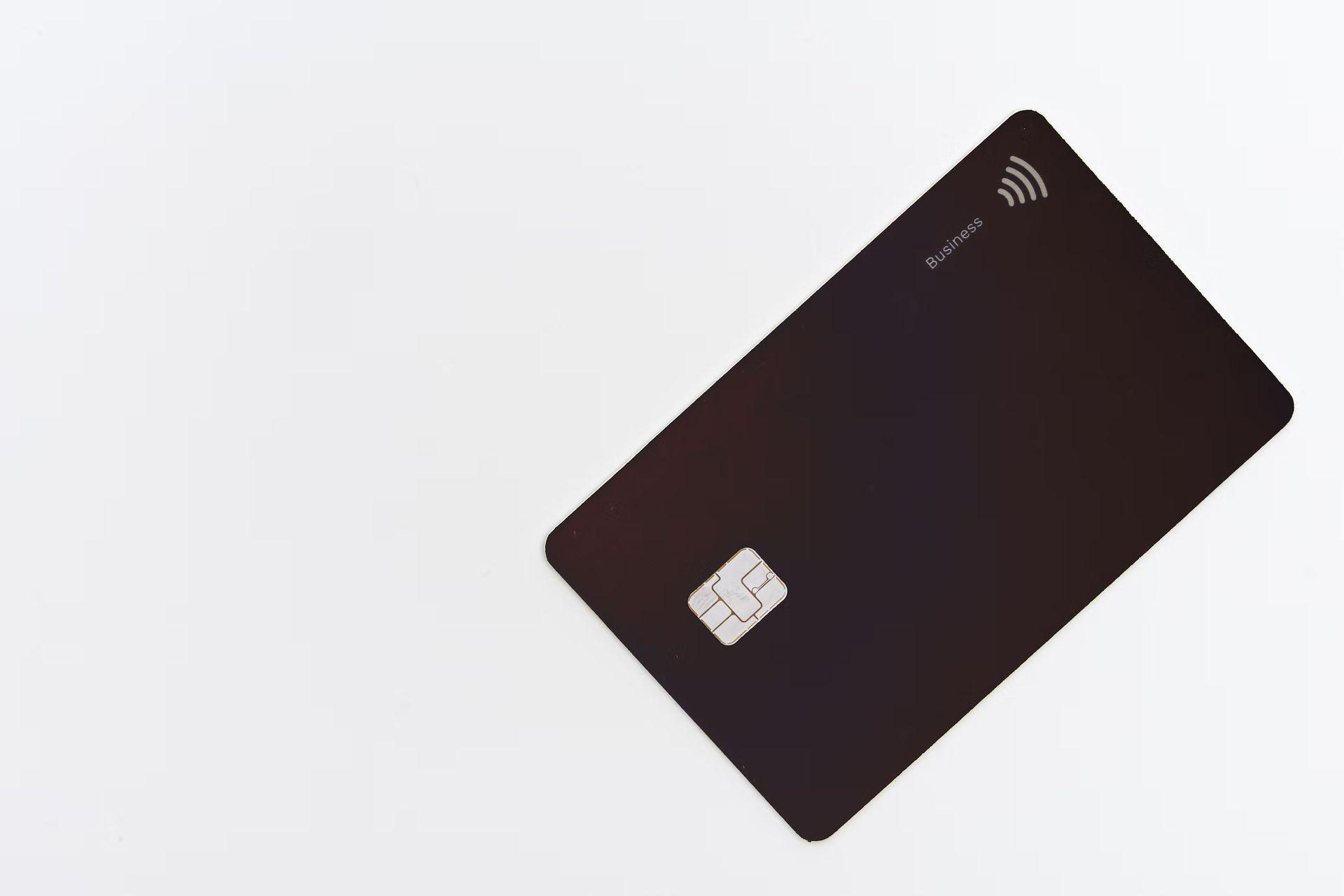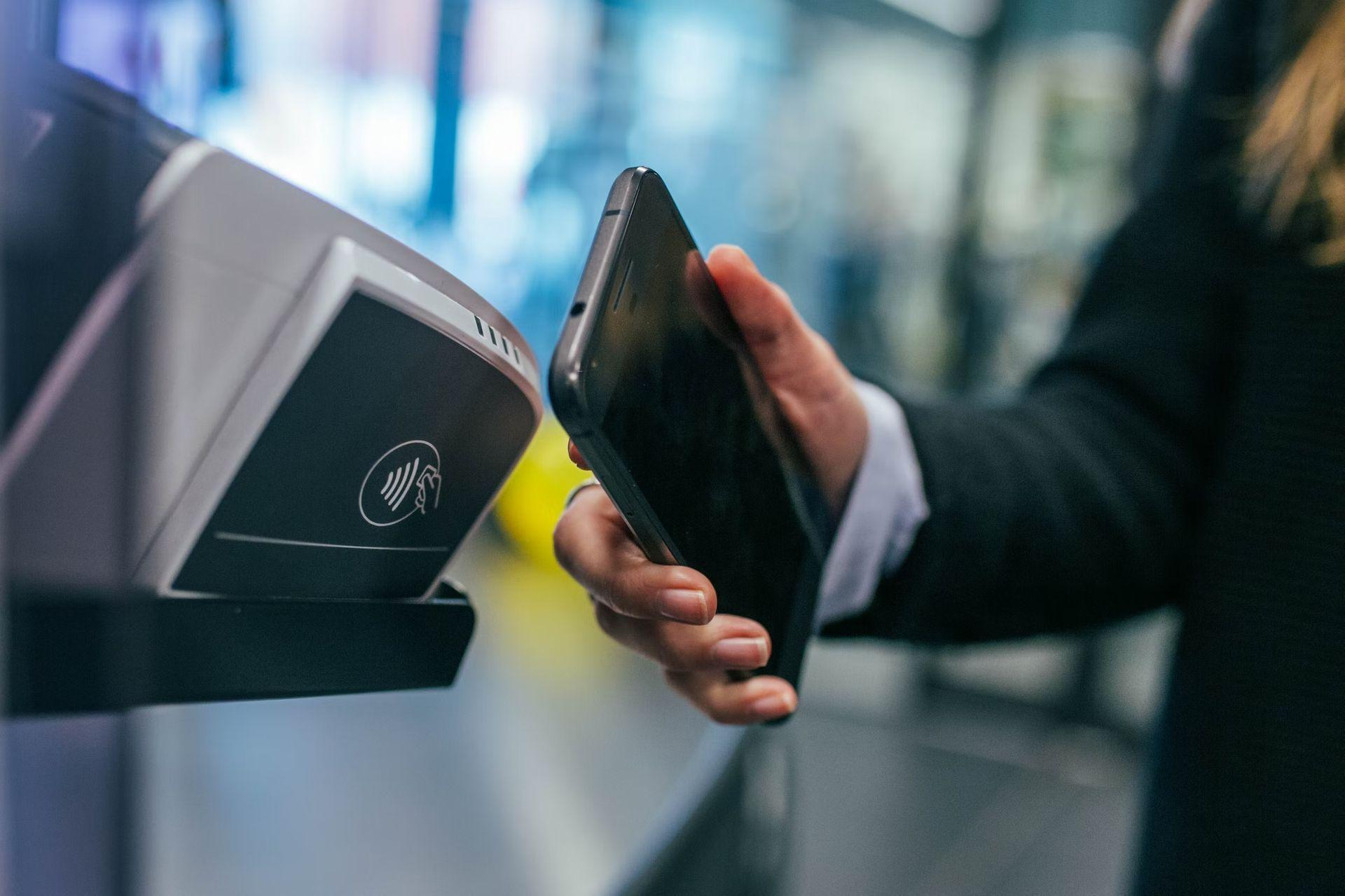Why is payment automation a vital tool for your company? Well, big data, artificial intelligence, and machine learning are having a positive impact on businesses. Aversion to cutting-edge technology has always existed in the finance sector due to security issues, yet modern data science can empower businesses and help them avoid risk. Only a few of the potentials brought about by data science include stronger fraud detection, predictive risk management, anomaly identification, better sales and projections, and data-backed insights.
All contemporary enterprises use IoT (Internet of Things) devices to complete tasks. Modern businesses cannot function without this technology for a good reason. Most of the hassles businesses have dealt with for millennia can now be automated because of technology.
It seems reasonable to try to automate this procedure to speed things up since payments are now made digitally. The idea of payment automation is employed specifically for this.
What is payment automation?
The procedure of paying suppliers can be automated thanks to software solutions. Payment automation, in general, encompasses both automating the payment approval procedure as well as the payment’s actual sending. These automated payments can be transmitted via wire transfer, check cross-border or FX payment, virtual card payment, ACH transaction, or another payment method.

Payment automation speeds up vendor payments and streamlines the overall AP workflow by getting rid of time-consuming, error-prone manual AP operations. Employees in AP are then free to focus their efforts on more challenging and imaginative jobs.
How does payment automation work?
The concept of payment automation goes far beyond the use of electronic invoices. They need to be processed manually as well, despite being better than paper. The invoice arrives in a variety of formats, even when sent by email. Has a Word doc or PDF attachment been made? It might also be put into the email’s body (another format still). AP frequently finds it to be an excessive time commitment to manage the data from all of these numerous channels. Data input mistakes as a result of this may cause delays and late vendor payments.
Will AI-automated code production make human programmers obsolete?
Optical character recognition is a technique that is used in the automated invoice processing payment method (OCR). The document is scanned, and the information is put into electronic tables. As a result, AP is spared from doing tiresome activities that can involve human error. Additionally, it expedites the payment procedure.

The invoice is automatically sent to the appropriate parties for approval after being received. Payment automation allows AP to specify certain parameters and filters to ensure that the invoice reaches the desk of the correct employee, unlike the manual method that bottlenecks. For instance, the leader of a particular sector may automatically receive goods ordered for that sector. Or a series of approvals can be necessary if the invoice exceeds a certain threshold. The system will then distribute to various users.
Payment automation solutions guarantee proper account ownership, eliminate bottlenecks, and fortify operations.
Why using payment automation is important?
Automating your regular payment acceptance procedures can greatly lower risks in your business. Disparities are much less likely to go undetected than they would on paper due to enhanced visibility and transparency. Your data won’t be lost due to a fire, flood, or burglary because it will be kept in the cloud.
Advantages of using payment automation
Here are a few of the many advantages of using a payment automation system for your business:
- Faster processing
- Efficiency
- Better CX
- Security against fraud
- A complete service
- A flexible experience
- Everlasting bonds

Faster processing
A typical person can only process so much data at once. Computer systems are impervious to this weakness and are constantly functional. You obtain quicker processing times & more consistency when you hand off the payment procedure to the computer system.
Efficiency
Businesses now have a reliable solution that can function without pay in place of paying an employee or several people to manage the payment system. The expense of maintaining the automated system far outweighs the initial investment made in constructing it in the long term.
Better CX
The payment process is smooth because no human emotions or inefficiencies are involved. Customers, therefore, have a much more consistent experience. Another factor that supports this is that an automated system typically has lower transaction costs than a human employee.
Security against fraud
Payment fraud has long been a serious issue for companies. Employee theft, client overcharging, and corporate scam attempts have become all too typical. Since the payment system is safeguarded between the client and the business system, a well-automated system makes fraud far more difficult to occur. It is simple to track all payments because every transaction is listed and kept in a database.

A complete service
Humans are built in such a way that mistakes are inevitable. Contrary to what is generally believed, an automated payment system is less prone to make mistakes. Errors not only take up a significant amount of important business and customer time, but they also damage vendor/supplier relationships and make it difficult for companies to flourish.
A flexible experience
A good payment automation system is particularly adaptable and can let businesses alter product prices on the fly. Additionally, they enable companies to offer specials and discounts that draw in additional clients.
Contactless payment usage has significantly increased in the past three years
Everlasting bonds
Faster payments, fewer risks of error, and a more reliable experience are all benefits of an automated system. All of this affects how the vendor and customer perceive you. In other words, effective payment automation results in improved interactions and higher levels of satisfaction.
Why do businesses need payment automation?
Face-value transactions are only one aspect of payment automation. It also includes the automation of all payment-related check-writing, ACH, virtual card, and wiring activities. As its name would suggest, payment automation is a whole system rather than just a process.
By 2024, according to studies, half of the world’s population will switch to entirely digital wallets. Payment automation will greatly enhance workflow for all firms as they must eventually convert to digital processes.
When your company is ready, you may transition from your present payment solution to payment automation by having it sit on top of it.

More than 82% of firms experienced payment fraud in 2018. It should be more crucial than ever for businesses to install a system like a payment automation system to stay secure.
With a competent payment automation system, your company can receive discounts on a variety of payment methods, including premium ACH and virtual cards.
The highly developed tools used in modern payment automation can totally replace humans. You may even create payment automation systems that grow with your company and learn on their own, thanks to the strength of AI and dynamic learning algorithms.
Best payment automation tools
Below we’ve listed some of the most important payment automation tools and solutions:
Chrome River
With a modern interface, you can rapidly capture, store, match, and approve invoices using Chrome River INVOICE, a worldwide, future-ready solution. Put an end to your difficulties with growing paper piles, late payment penalties, and visibility issues. With optimized AP automation, say yes to optimum efficiency, insight, and agility.
Klippa
Do you want to cut the time it takes to process invoices by 80%? From the moment an invoice is received and moves through the authorization procedure, we promise you a quick process. Leading AI and optical character recognition technologies are used by Klippa to speed up this procedure. You can easily see the status of your invoices with Klippa.
Procurify
Eliminate bottlenecks in the purchasing process and allow teams to purchase what they require when they require it. Your finance team can evaluate, approve, and track your purchases using the Procurify Platform, which interfaces seamlessly with your current accounting software. Utilize thorough procure-to-pay procedures, 3-way matching, and custom approvals to boost operations efficiency and improve expenditure visibility and management.

Conclusion
The future of payment systems for all enterprises is payment automation. All firms, provided they have the cash to pay for the system upfront, stand to gain significantly by implementing a robust and efficient payment automation system.
A more strategic future is being created by the explosion of automation technology. Accounts payable teams are transformed into strong hubs for business intelligence. Automation of AP has greatly increased during the last ten years. It’s not only about increasing productivity anymore. Every new tool that is released has a few more capabilities than the previous one. The cash management and financial health of a company can now be directly supported by the accounts payable department, thanks to platforms.
The Ukrainian fintech industry keeps growing despite the war
Get AP in order immediately if business growth is a priority. The digital transformation era has arrived, and if you continue to hold back on modernization, your company will fall behind the competition—especially those businesses that are seizing the chance to rev up the financial engine.
Many businesses concentrate too much on one-size-fits-all projects when creating a growth plan. A business solution that may be used in various areas of the organization is needed. It’s impossible to overlook the opportunities that AP automation presents. Take the first step by controlling your AP system. Please spend some time explaining to the management team the advantages of these activities and how they fit within the company’s scaling plans. It not only improves morale but also establishes a standard methodology that allows for scaling.






